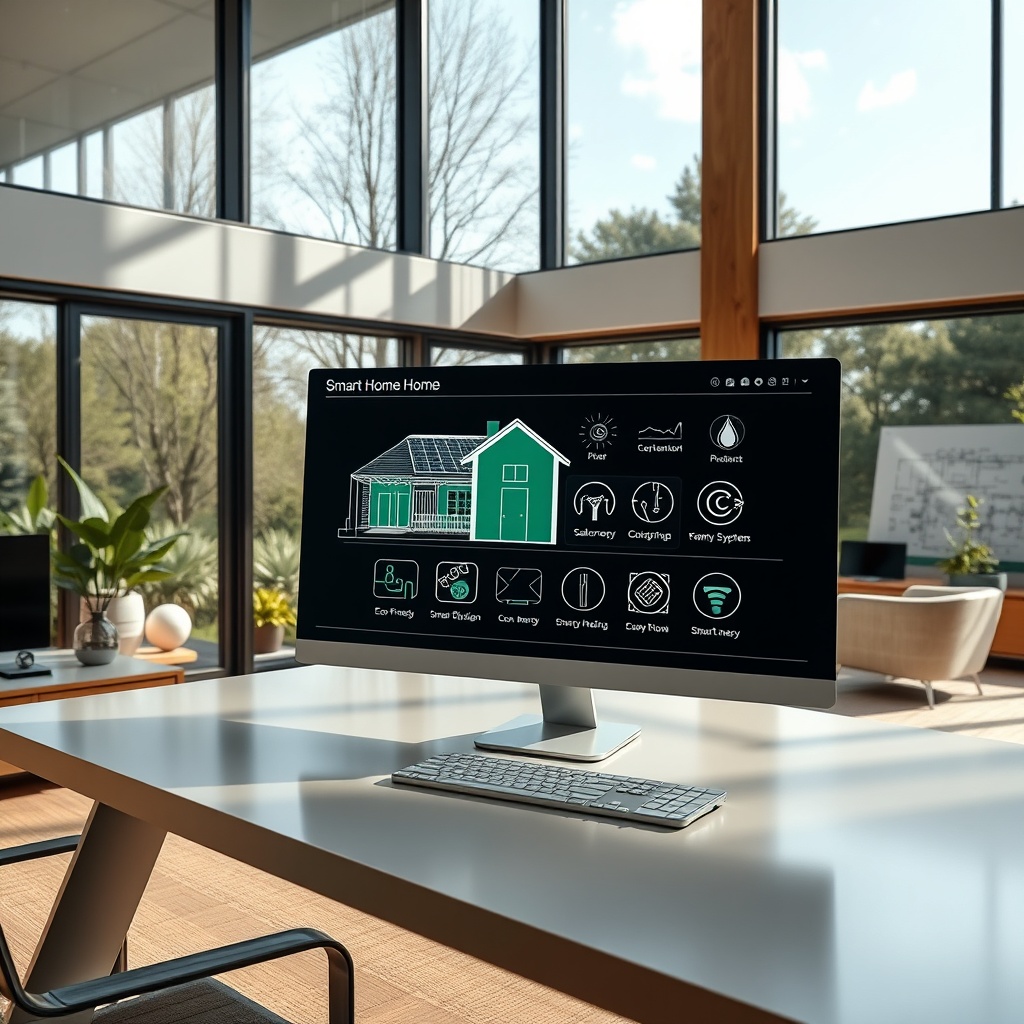The concept of “future-proofing” homes has gained significant traction in the realm of remodeling and real estate, driven by an increasing desire for adaptable living spaces that can accommodate the evolving needs of residents over time. As demographics shift and the population ages, homeowners are looking towards renovations that not only address current lifestyle requirements but also allow for aging in place. This trend represents a strategic opportunity for real estate developers and industry professionals to cater to an emerging market that prioritizes longevity and adaptability in housing.
Understanding Aging in Place
Aging in place refers to the ability of individuals, particularly seniors, to remain living in their own homes safely, independently, and comfortably as they age. This can involve modifications that enhance accessibility, improve safety, and provide greater convenience. Research indicates that the majority of older adults wish to stay in their homes, making the need for age-friendly features increasingly critical in home remodeling.
- Universal Design: Features that favor accessibility for all ages and abilities, such as wider doorways, zero-threshold showers, and lever-style door handles.
- Smart Home Technology: Integration of devices that facilitate independent living, such as voice-activated lights and home monitoring systems.
- Health and Safety Modifications: Enhancements like improved lighting, non-slip surfaces, and bathroom grab bars that reduce the risk of falls.
The Market Demand for Future-Proofing Homes
The increasing number of aging consumers has pushed the remodeling industry to innovate and expand its offerings. According to the Joint Center for Housing Studies at Harvard University, households led by individuals aged 65 and older are projected to grow significantly in the coming years. This demographic change presents an opportunity for real estate developers to invest in properties that meet these specialized needs.
Moreover, considering that nearly 90% of seniors prefer to age in their own homes rather than relocate to assisted living facilities, it is no surprise that remodeling projects designed with future-proofing in mind are gaining traction. Here are some key areas showing growth potential:
- Kitchen Renovations: Open layouts that allow for easy movement and modern appliances designed for ease of use.
- Bathroom Updates: Aging-friendly features, such as walk-in tubs and raised toilets.
- Outdoor Spaces: Diminished need for maintenance and enhanced accessibility routes throughout the property.
Leveraging Technology in Remodeling
As technology continues to reshape many industries, the remodeling sector is no exception. Technological innovations are playing a crucial role in providing solutions that enhance the remodeling process while ensuring homes are equipped to handle the demands of aging populations. Incorporating smart home features not only meets immediate consumer needs but also positions properties as modern and adaptable.
Utilizing platforms like the Location Enrich API can provide valuable location data, helping builders and developers position projects in optimal areas while offering insights into nearby amenities that appeal to older adults, such as healthcare facilities, grocery stores, and recreational spaces. Furthermore, having this type of enriched location data allows real estate professionals to enhance their property listings, making them more appealing to potential buyers.
Examples of Future-Proofing Strategies
Adopting design strategies that prioritize the future needs of residents can significantly elevate the attractiveness and resale value of a property. Here are a few practical solutions developers and remodelers can implement:
1. Open Floor Plans
Structuring homes with open floor designs creates flow, making it easier for individuals with mobility aids to navigate spaces. This leads to increased functionality and an inviting atmosphere.
2. Multifunctional Spaces
Designing rooms that can serve multiple purposes can be beneficial. For example, a guest bedroom could double as a care space for loved ones, or a home office might serve as a craft room.
3. Sustainable Features
Incorporating energy-efficient materials and appliances not only appeals to environmentally conscious consumers but also lowers long-term energy costs, which is a considerable benefit for older homeowners on fixed incomes.
Investment Opportunities in Aging-In-Place Remodeling
Investing in properties prepared for aging in place may yield substantial returns. Tailoring renovations to address the needs of older adults not only makes homes more attractive to buyers who prioritize accessibility but also aligns with a growing market trend. Furthermore, connecting with local architects and interior designers specializing in universal design can enhance project quality and meet consumer demands more effectively.
Enhancing Real Estate Listings with Enriched Location Data
The addition of enriched location data can greatly benefit real estate websites, especially those focused on properties designed for aging in place. For instance, by integrating neighborhood details about nearby medical facilities or parks that support active lifestyles into listings, agents can create a competitive advantage. This is where the Location Enrich API can be particularly beneficial, providing agents with automated access to vital location details that can bolster property appeal.
Benefits of Using Location Enrich API:
- Detailed Location Insights: Understand the local amenities that matter most to older adults.
- Easier Searches: Help users find properties that truly fit their lifestyle choices.
- Customization: Tailor displayed amenities and features to match potential buyers’ needs.
Conclusion
As the focus on future-proofing homes intensifies, real estate professionals and developers have a prime opportunity to reshape the remodeling landscape. By emphasizing the importance of aging in place through thoughtful designs and technology, they can create inviting living spaces that cater to an aging population. This not only satisfies current market demand but also enhances lasting value for properties. Implementing strategies that incorporate enriched data, like that provided by the Location Enrich API, can help real estate professionals stay competitive and lucrative in a rapidly evolving market. Embrace the trend of future-proofing homes today and ensure that your properties stand the test of time.
